Furygan, pioneers in
CE certification
Prevent the major risks
of a slip,
or an impact, which can
cause major injuries.
Pioneers in this field since 2011, the Furygan Motion Lab is involved at the European level in the definition of the new homologation standards. These standards define the framework for EPI (Personal Protective Equipment) designed for motorised two-wheelers.
All the tests necessary for the development of our products are carried out according to the different contact areas of the garment, leading to the definition of several levels of protection.
Abrasion, tearing, impact… Each zone must reach higher or lower levels of resistance according to their importance in terms of protection. Zone 1 will be the most exposed, and therefore the most resistant, up to zone 3, which is less subject to risks.
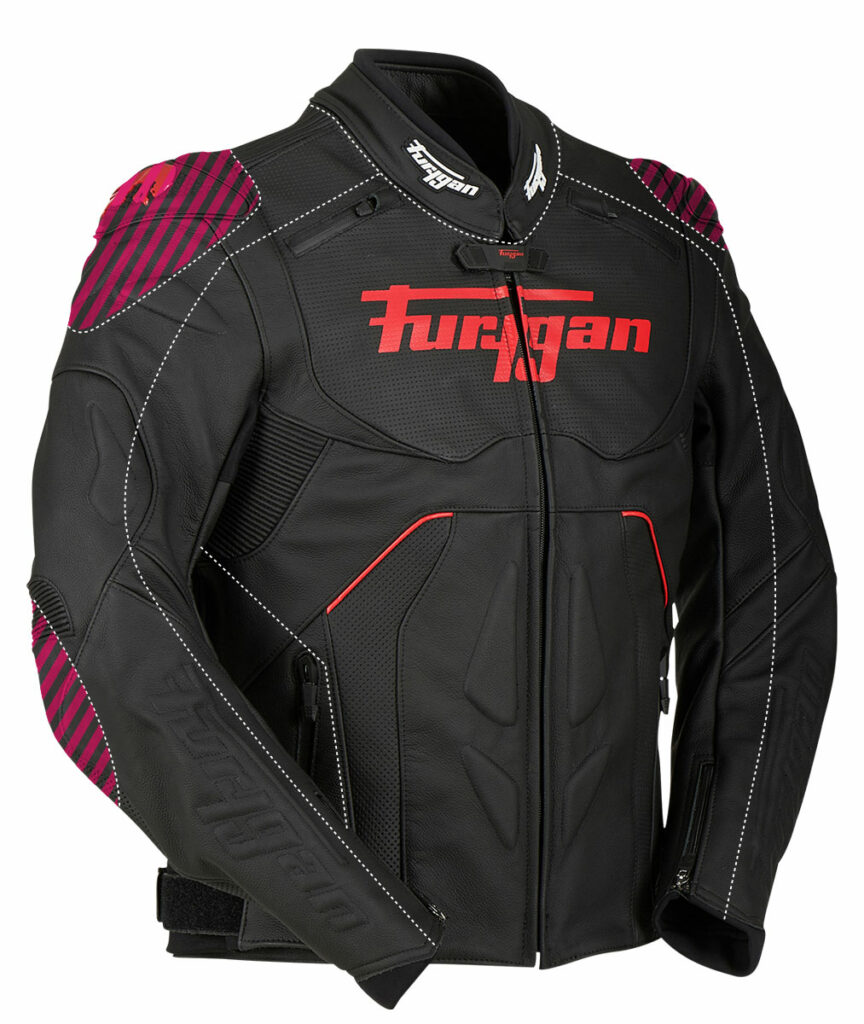
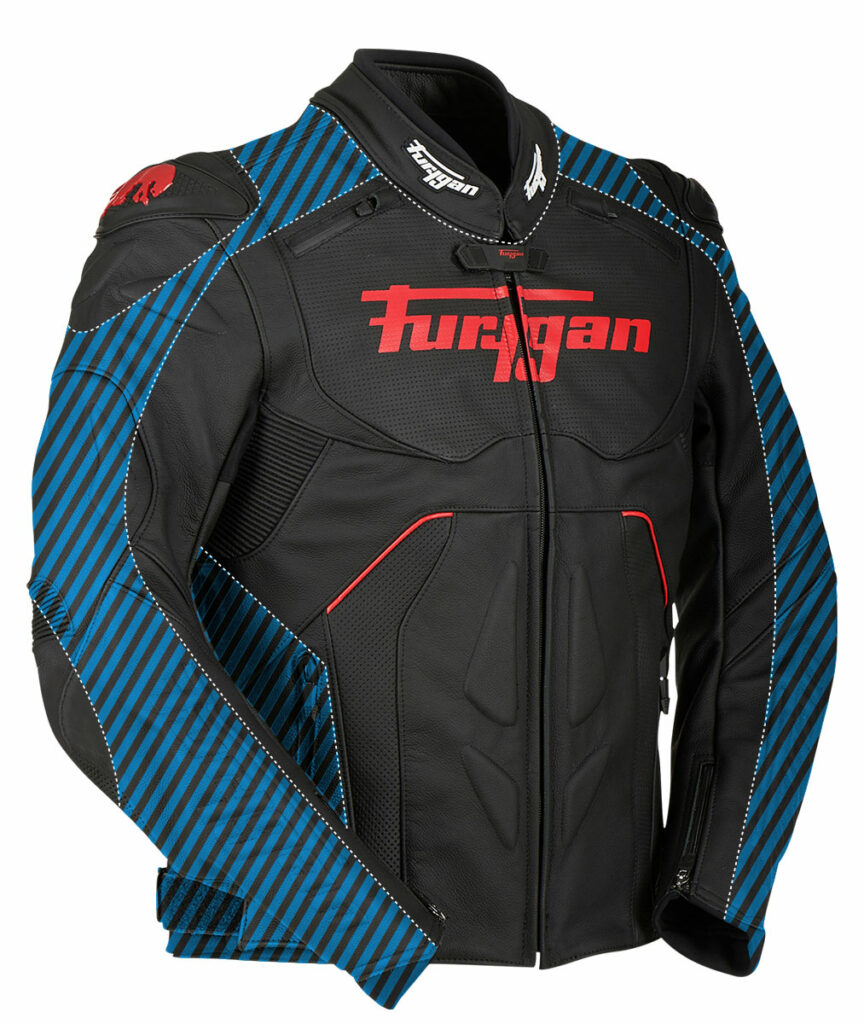
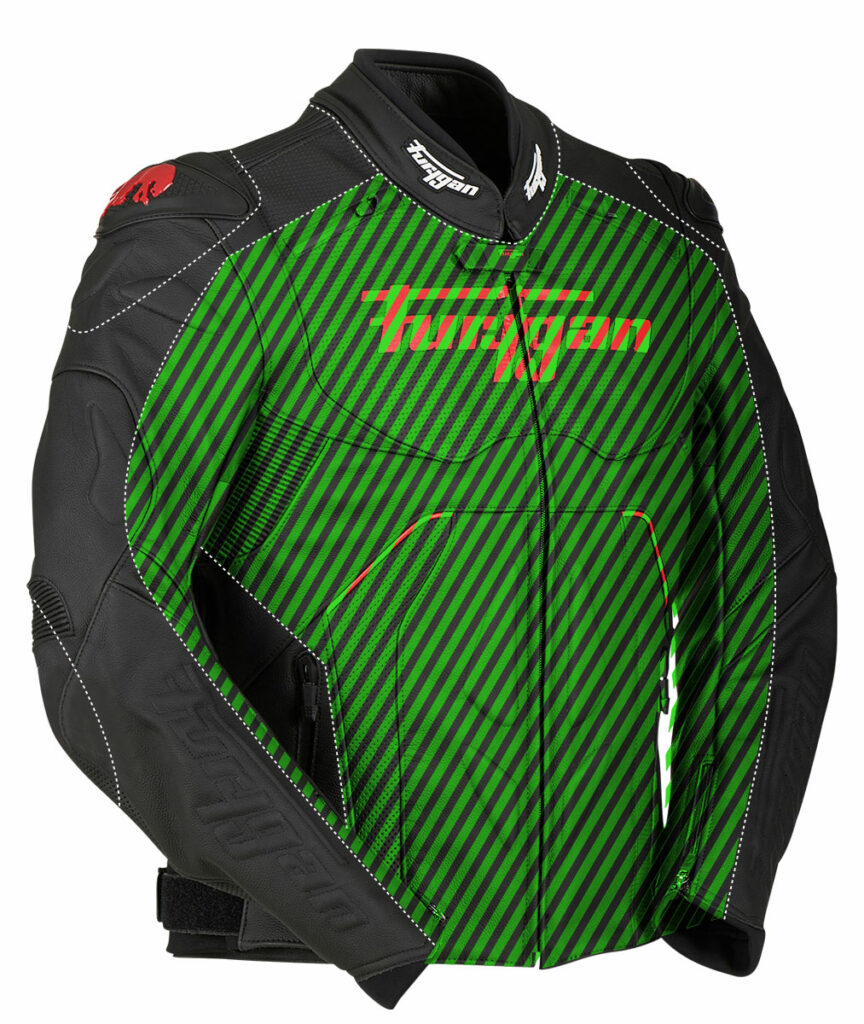
Protection zone
Resistance
in full swing
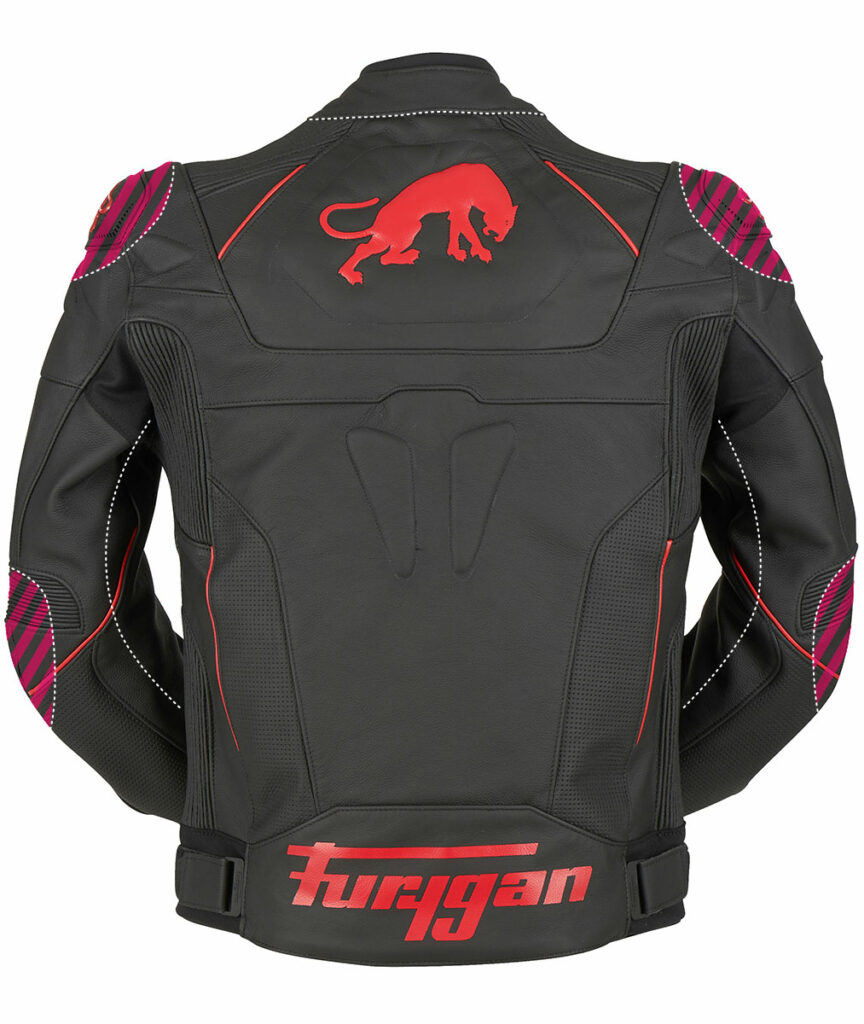
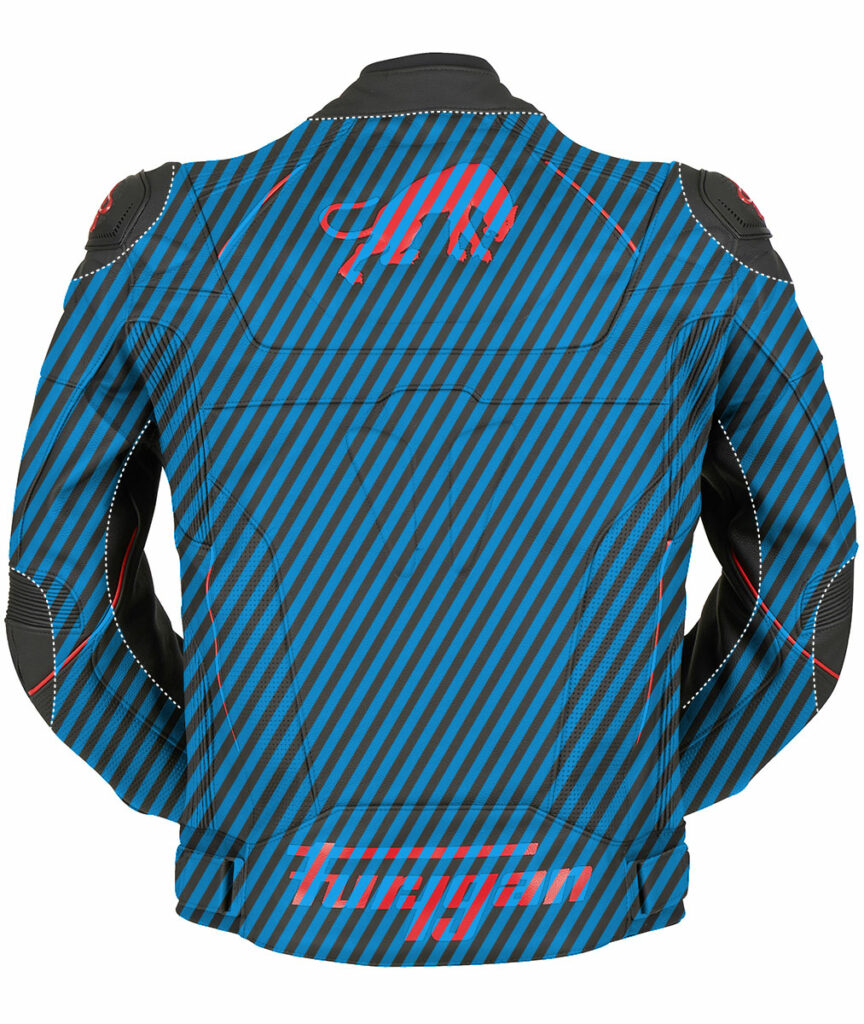
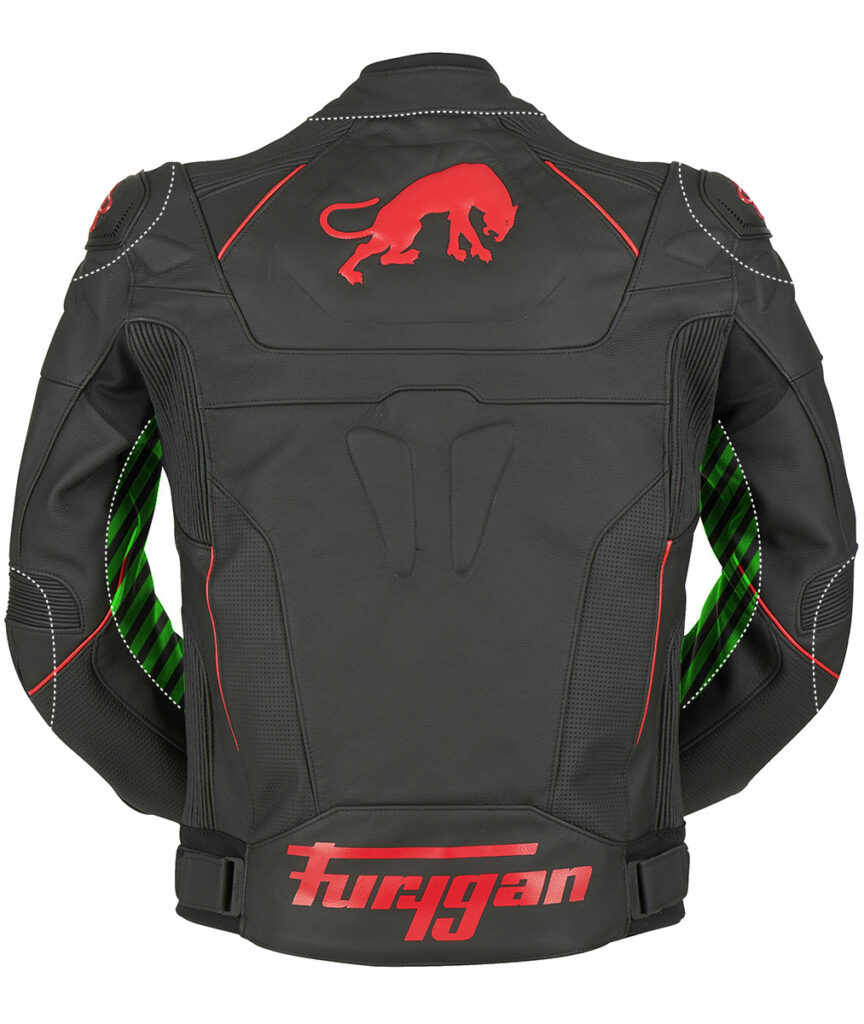
Protection zone
Resistance
in full swing
4 main standards,
composed of several levels
Glove standards EN13594
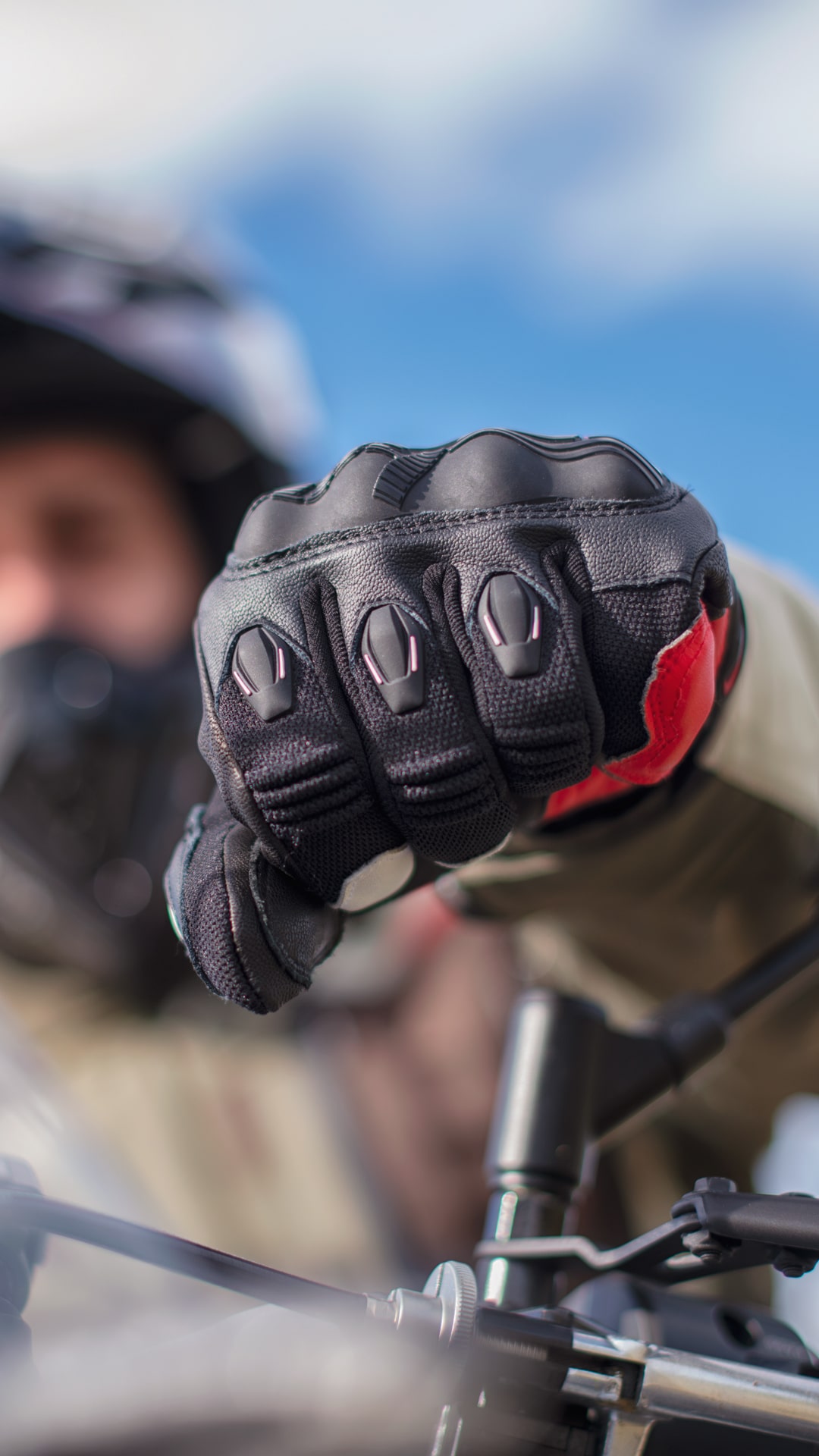
Glove standards
EN13594
Since 20 November 2016, the EN13594 label has been mandatory in all motorbike gloves. This approval, which is available in several levels, defines the minimum values to be respected during the tests for resistance to abrasion, tearing, perforation, bursting and impact. In addition, it requires the addition of a wrist strap and reinforcements in strategic areas for increased safety.
Level 1 KP
To guarantee the effectiveness of our equipment, they must have a cuff length greater than or equal to 1.5cm and pass the following series of tests carried out by the Motion Lab:
Clothing standards
EN17092
The EN17092 standard is the regulation that applies to all our motorbike jackets and jeans. It incorporates a balance between safety and comfort, to provide equipment that is suitable for different motorcyclists. The garments must pass multiple tests, including abrasion resistance, tear resistance and seam strength, which will define its level of protection.
Also, to ensure the longevity of the product, shrinkage tests after washing are carried out to check the correct position of the protectors over time. As the garments are in contact with the skin, a control of the level of harmlessness is necessary on each of the materials composing them, such as PH, chromium and azodyes… It helps to avoid irritation and reduce the impact on the environment.
AAA: the best protection
The highest level of protection. Designed to provide maximum safety during the longest slides, and impacts on risky areas. This performance means superior weight and stiffness, which we strive to minimise in our design to maintain good ergonomics.
Clothing standards EN17092
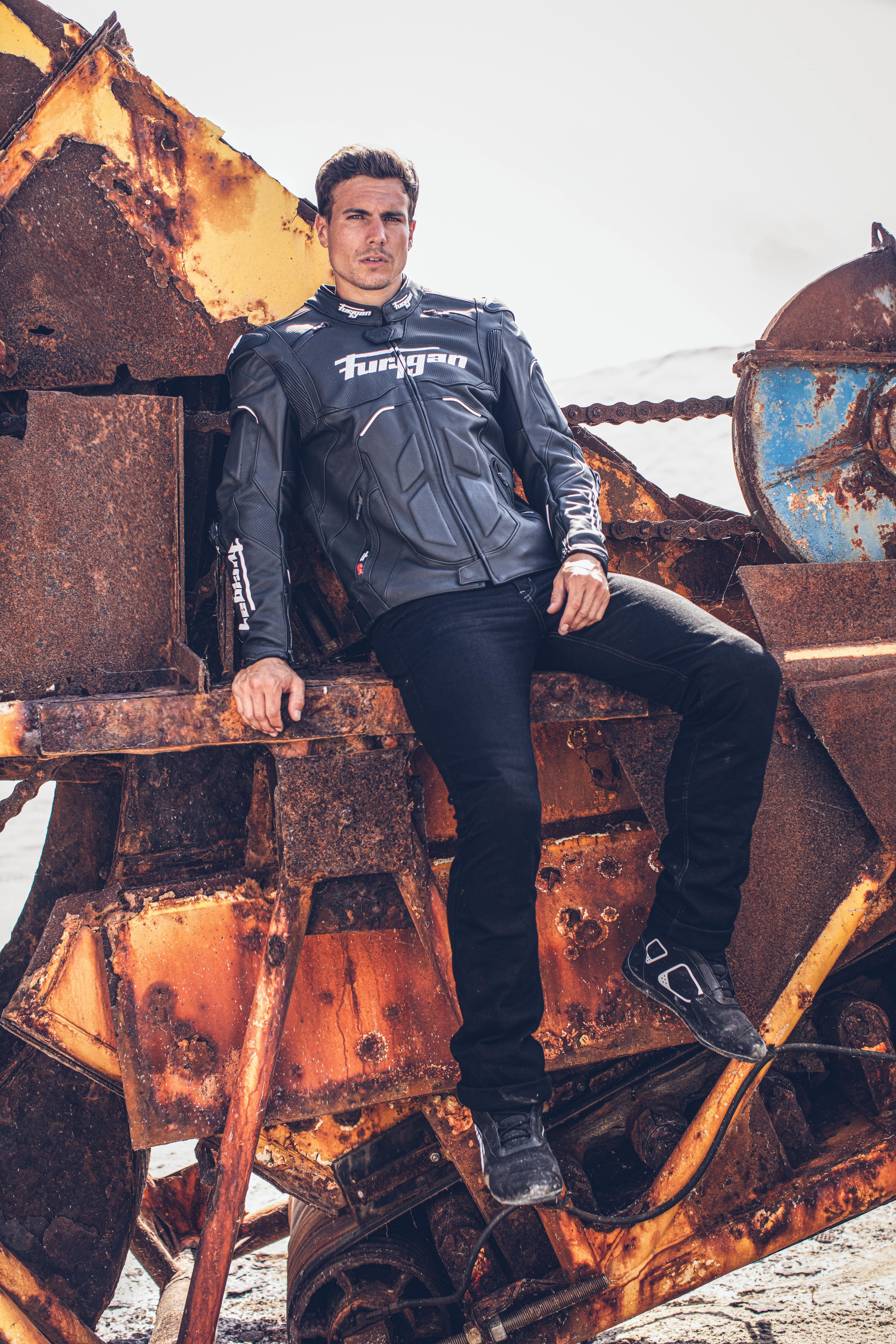
Clothing standards
EN17092
The EN17092 standard is the regulation that applies to all our motorbike jackets and jeans. It incorporates a balance between safety and comfort, to provide equipment that is suitable for different motorcyclists. The garments must pass multiple tests, including abrasion resistance, tear resistance and seam strength, which will define its level of protection.
Also, to ensure the longevity of the product, shrinkage tests after washing are carried out to check the correct position of the protectors over time. As the garments are in contact with the skin, a control of the level of harmlessness is necessary on each of the materials composing them, such as PH, chromium and azodyes… It helps to avoid irritation and reduce the impact on the environment.
AA: Protection & Versatility
AA garments are the compromise between comfort and safety. This is the level most often achieved by the most robust textile garments, although there are a few exceptions, notably thanks to the reinforcement of Kevlar® fibers. Here the garments are robust and versatile.
Clothing standards EN17092
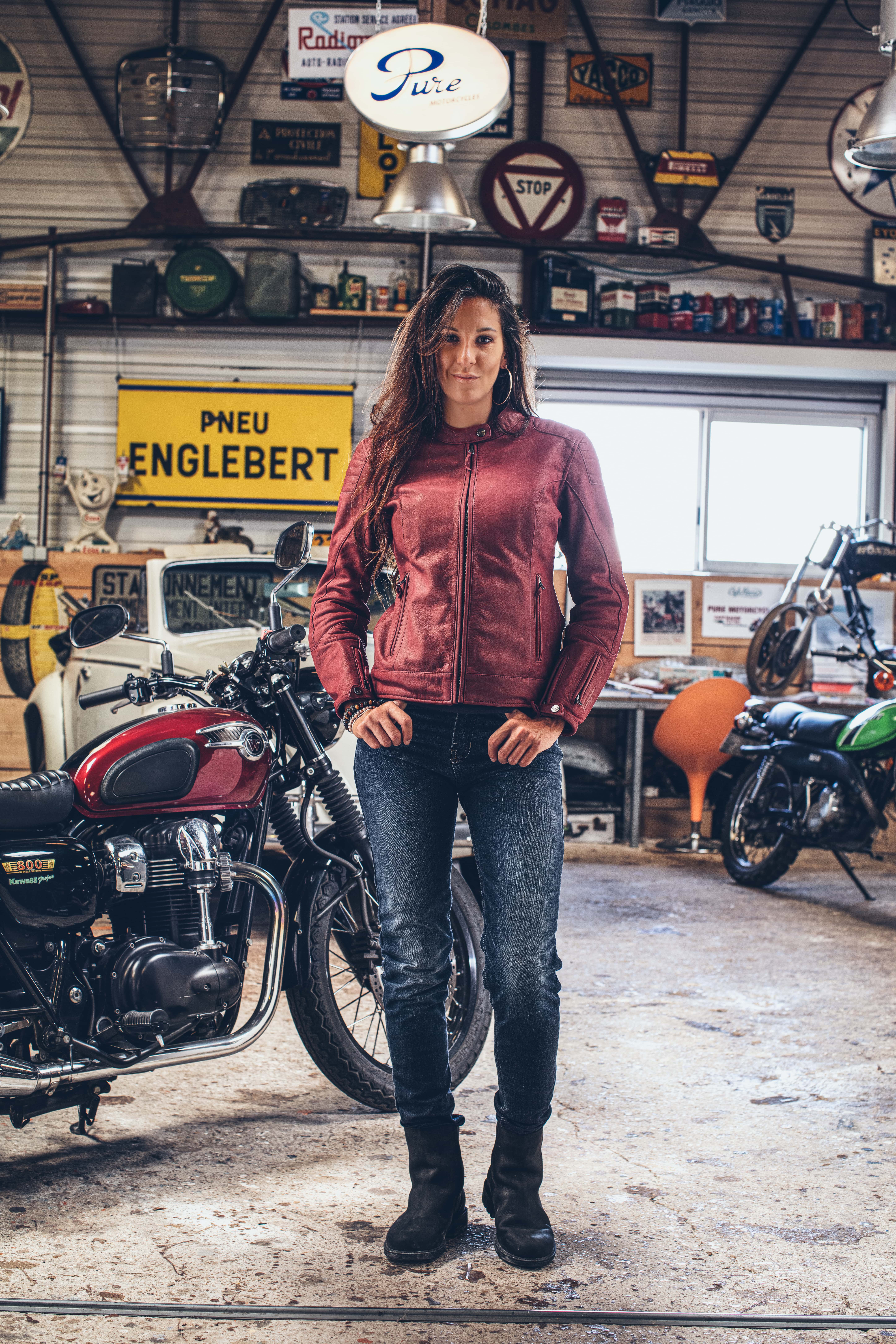
Clothing standards
EN17092
The EN17092 standard is the regulation that applies to all our motorbike jackets and jeans. It incorporates a balance between safety and comfort, to provide equipment that is suitable for different motorcyclists. The garments must pass multiple tests, including abrasion resistance, tear resistance and seam strength, which will define its level of protection.
Also, to ensure the longevity of the product, shrinkage tests after washing are carried out to check the correct position of the protectors over time. As the garments are in contact with the skin, a control of the level of harmlessness is necessary on each of the materials composing them, such as PH, chromium and azodyes… It helps to avoid irritation and reduce the impact on the environment.
A: Protection & Comfort
Level A clothing promotes comfort with a level of protection optimised for urban use. Camouflaged as casual clothing, thanks to a sophisticated style, these garments are nonetheless real motorbike equipment, designed to face the vagaries of the weather and protect you from the dangers you may encounter on your daily urban commute.
Clothing standards EN17092
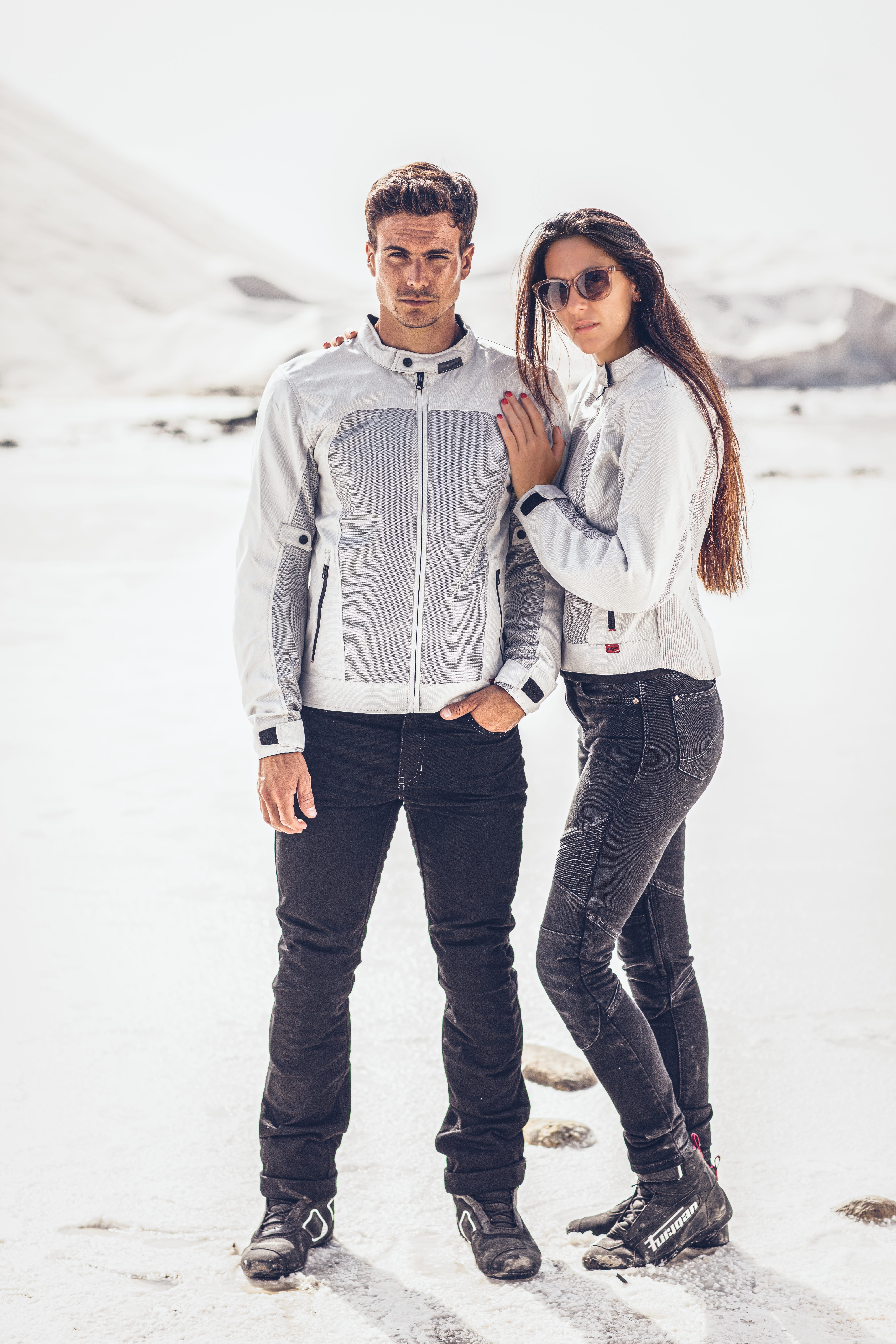
Clothing standards
EN17092
The EN17092 standard is the regulation that applies to all our motorbike jackets and jeans. It incorporates a balance between safety and comfort, to provide equipment that is suitable for different motorcyclists. The garments must pass multiple tests, including abrasion resistance, tear resistance and seam strength, which will define its level of protection.
Also, to ensure the longevity of the product, shrinkage tests after washing are carried out to check the correct position of the protections over time. As the garments are in contact with the skin, a control of the level of harmlessness is necessary on each of the materials composing them, such as PH, chromium and azodyes… It helps to avoid irritation and reduce the impact on the environment.
B: Protection outside of impact
Level B garments have the same abrasion resistant properties, but without the presence of impact protection. We advise you to wear these products in combination with D3O® elbow and shoulder protectors for jackets and D3O® knee and hip protectors for trousers.
Clothing standards EN17092

Footwear standards EN13634
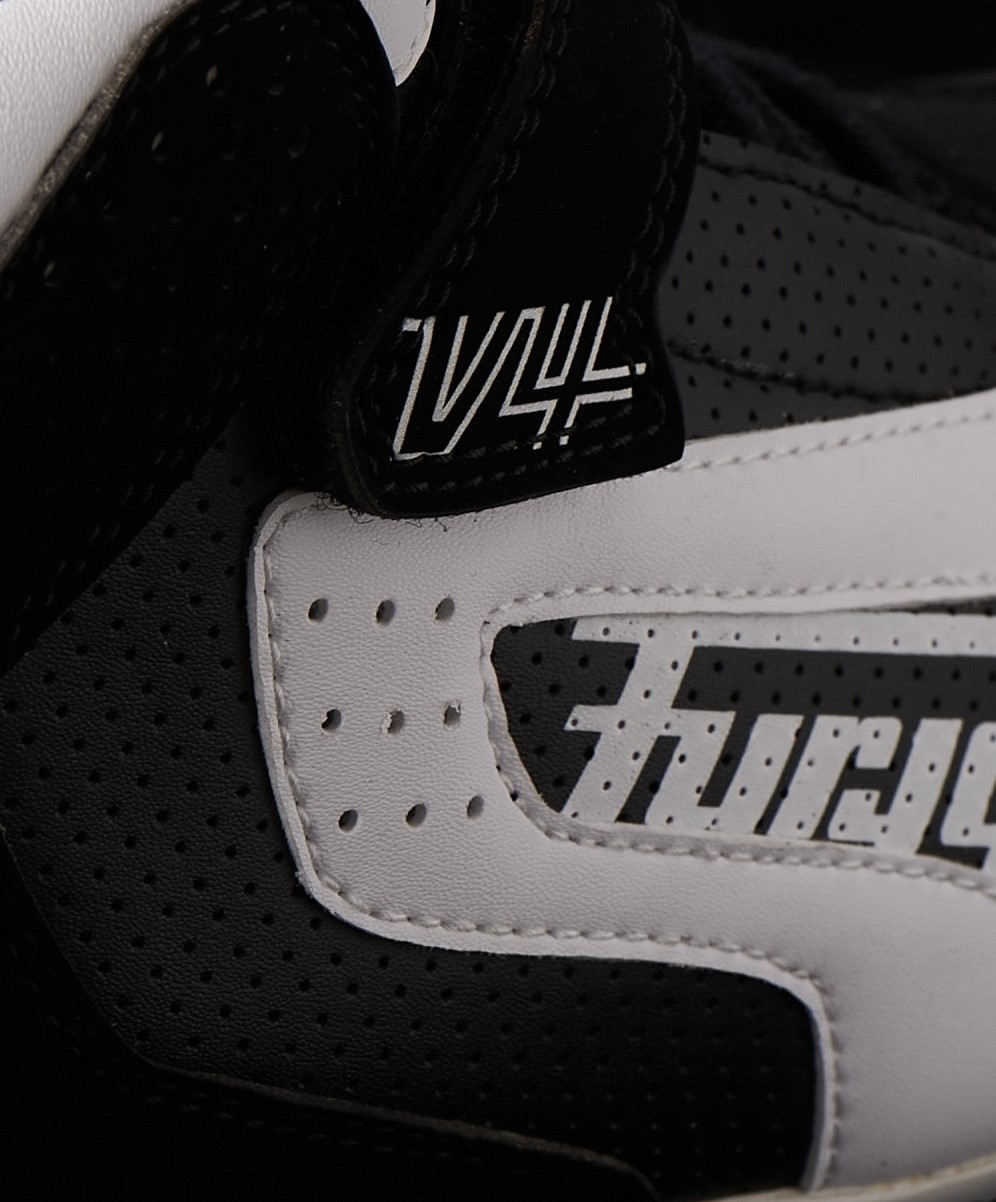
Footwear standards
EN13634
Footwear standards EN13634
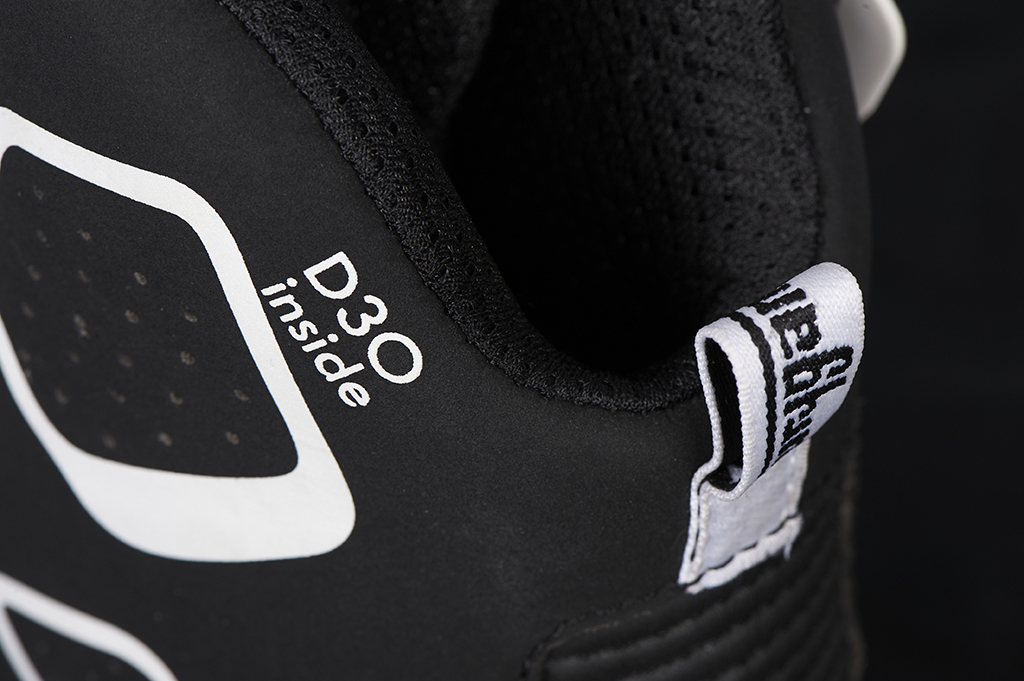
Footwear standards
EN13634
Specifics
- IPA: Presence of a protection on the malleolus.
Footwear standards EN13634
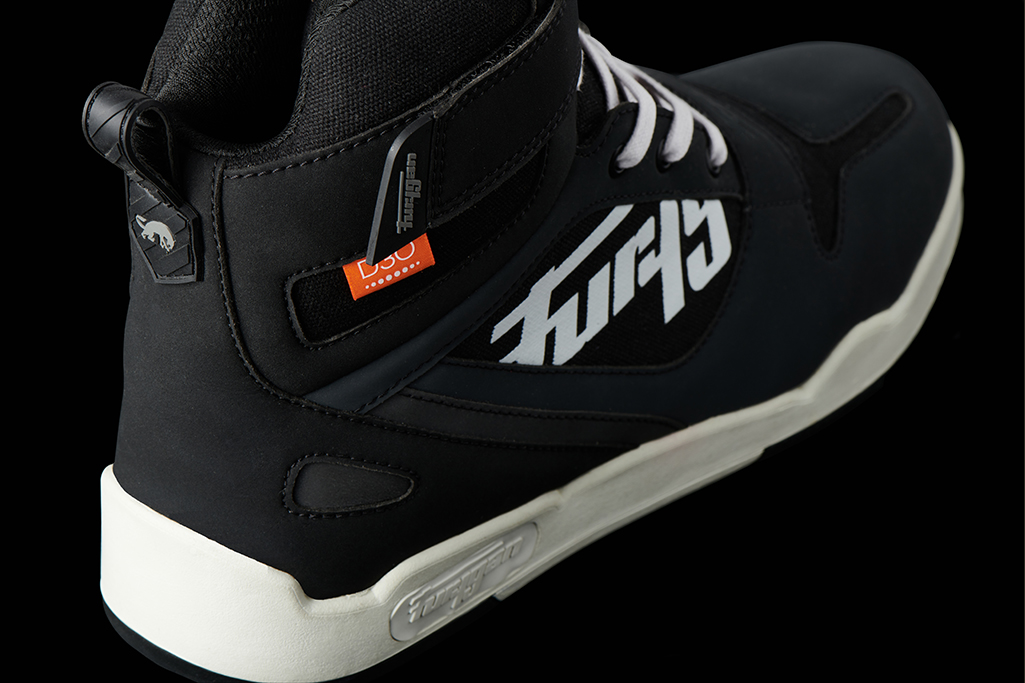
Footwear standards
EN13634
Specifics
- IPA: Presence of a protection on the malleolus.
- WR : Present in our waterproof pairs, this mention indicates waterproofness.
Protection standards
EN1621
EN1621-1
Joint protectors: this category corresponds to joint protections present on elbows, shoulders, knees and hips. Level 1 or level 2.
Protection standards EN1621
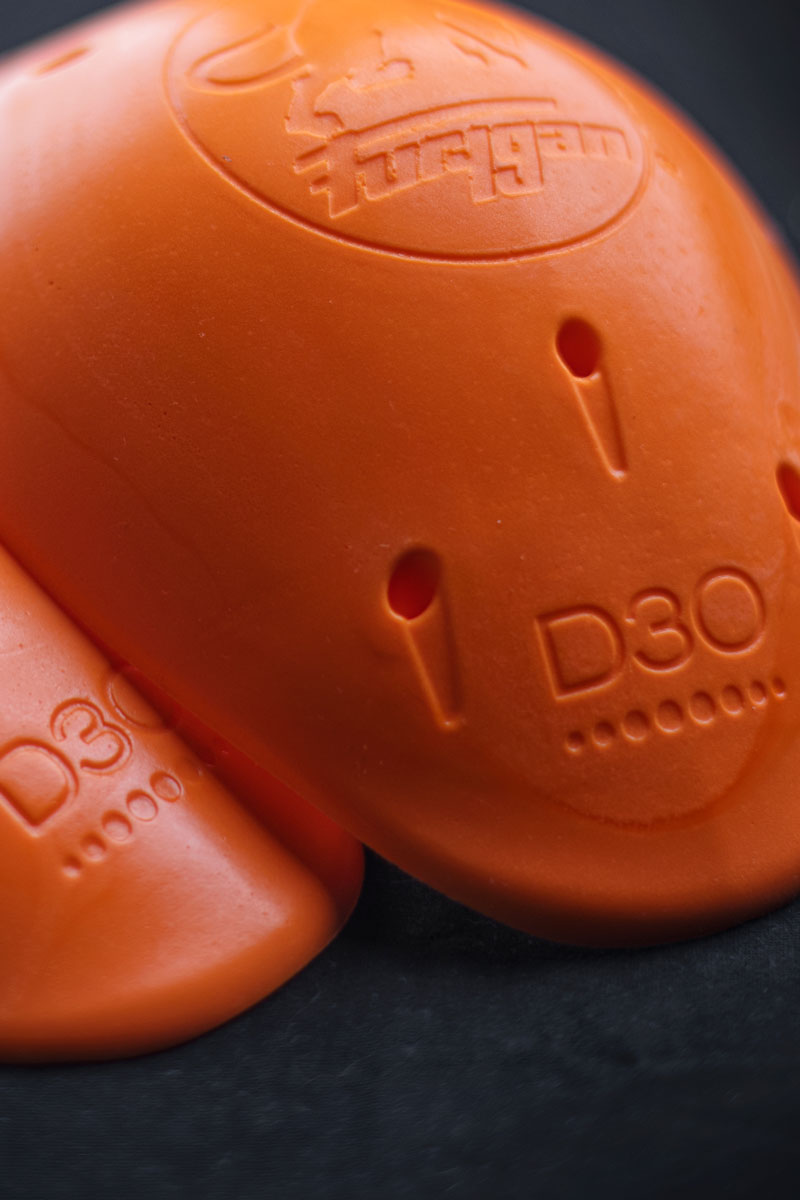
Protection standards
EN1621
EN1621-2
Back protectors: for a better level of protection, it is recommended to choose a back protector offering a good coverage of your back. Known for their flexibility, our D3O® back protectors will protect you with comfort. Level 1 or level 2.
Protection standards EN1621
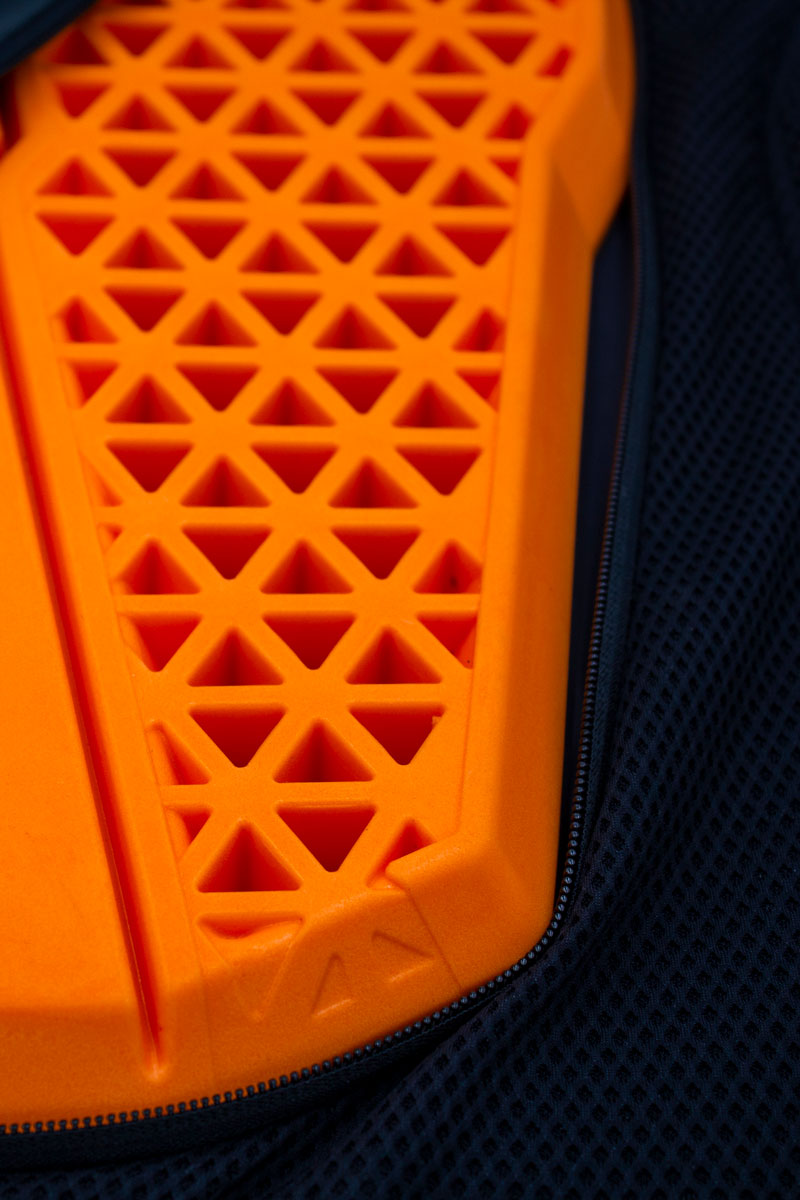
Protection standards
EN1621
EN1621-3
Chest protectors: Integrated as our collections progress, in all our jackets and suits, pockets can accomodate D3O® chest protectors (Chest LNR or Chest Racing). This protection is now compulsory on the track in international competitions and is increasingly used by all motorcyclists, whatever their riding style, to cover this area prone to serious injury. Developed to be as wide as possible, these chest protectors will better distribute energy and considerably reduce the impact received. Level 1 or level 2.
Protection standards EN1621
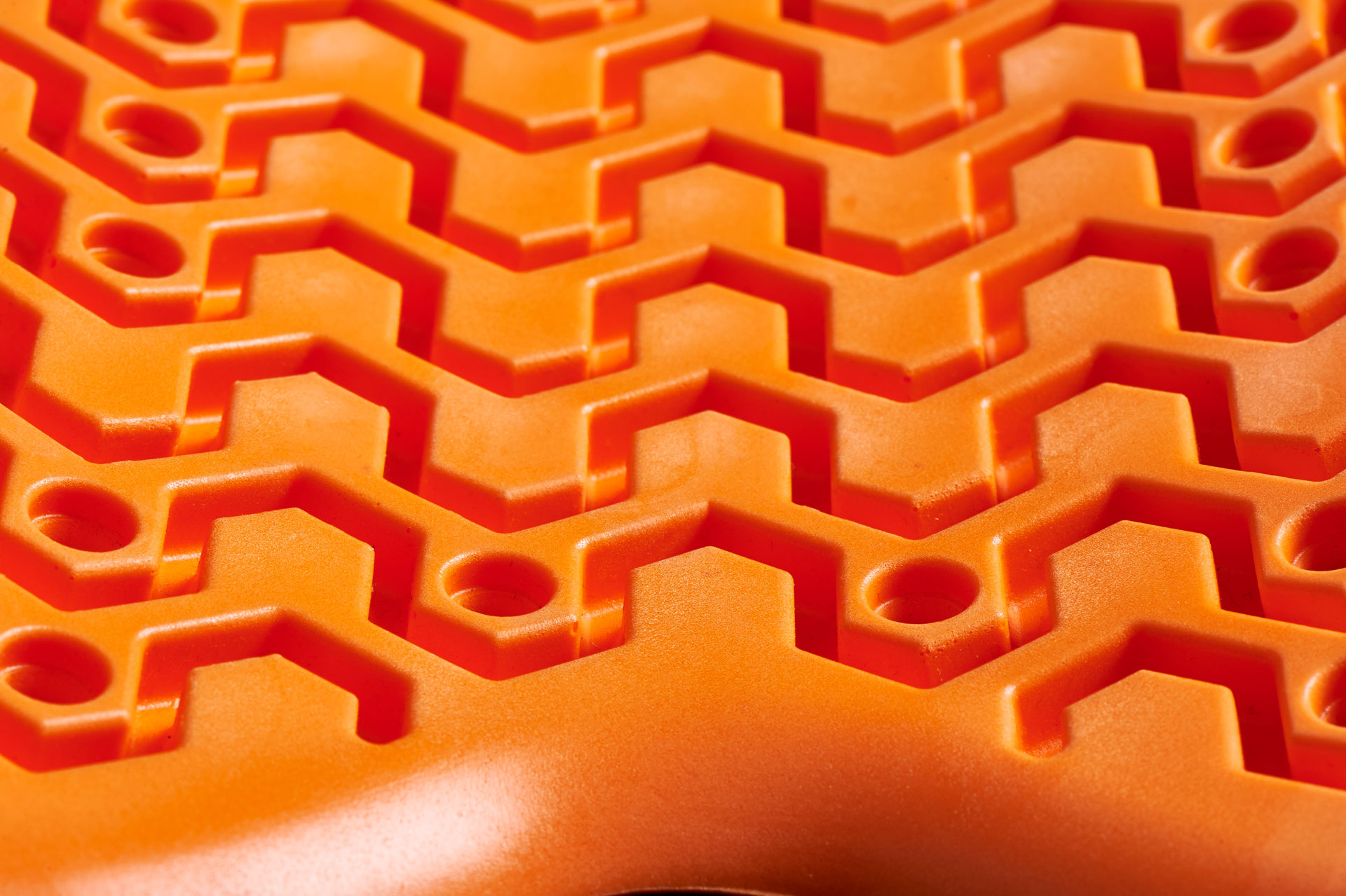
AIRBAG STANDARD EN17092-6

AIRBAG standard
EN17092-6
This standard covers specialised garments known as “without envelope” garments, which hold one or more protections. They are called CO or CU because they can be worn Over (O) or Under (U). Category C means that they offer impact protection but not abrasion protection. Therefore a category AAA, AA, A or B garment should be used to complement it.
Class C-U
CU clothing protects motorcyclists from impact, using integrated protections under a PPE certified garment.